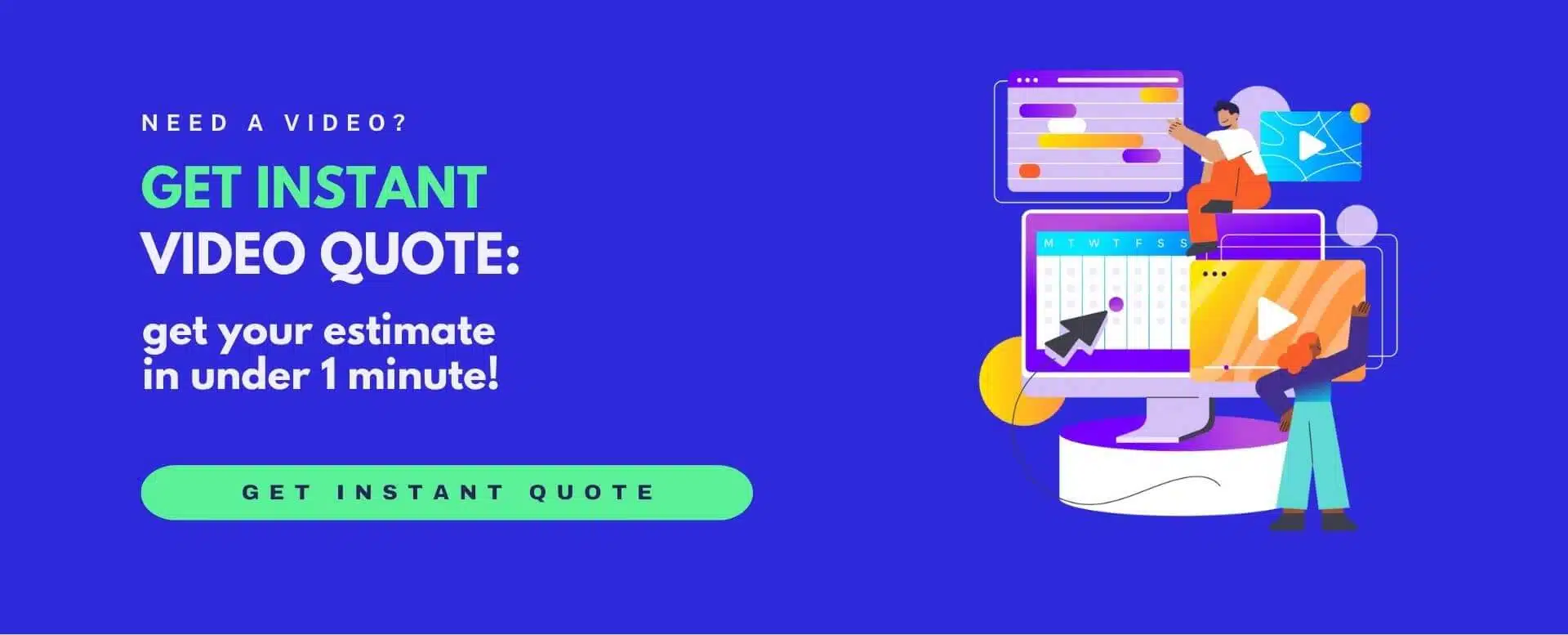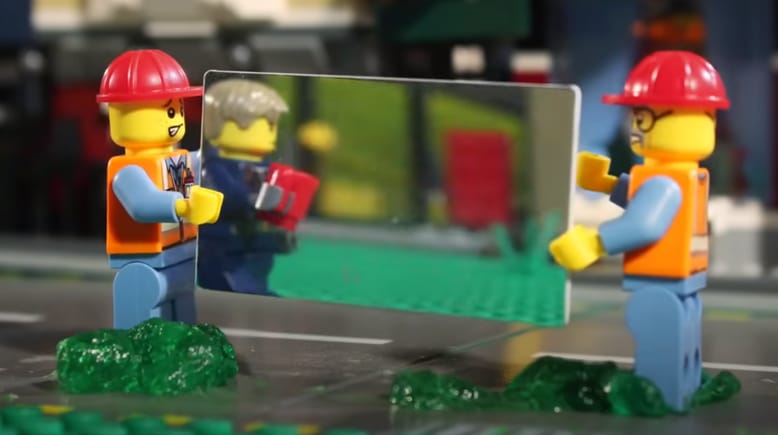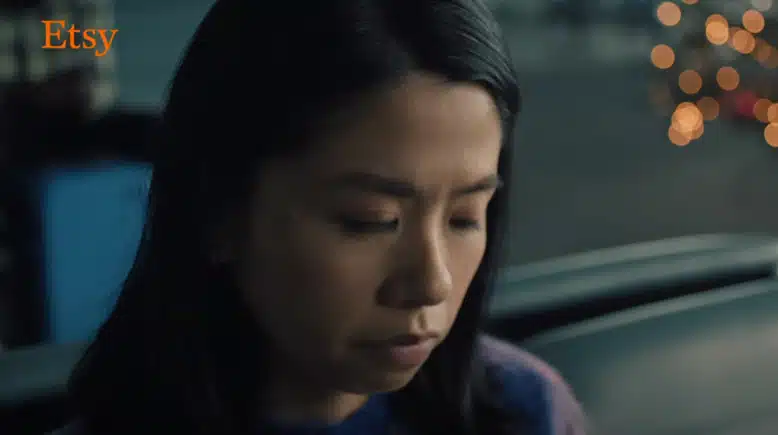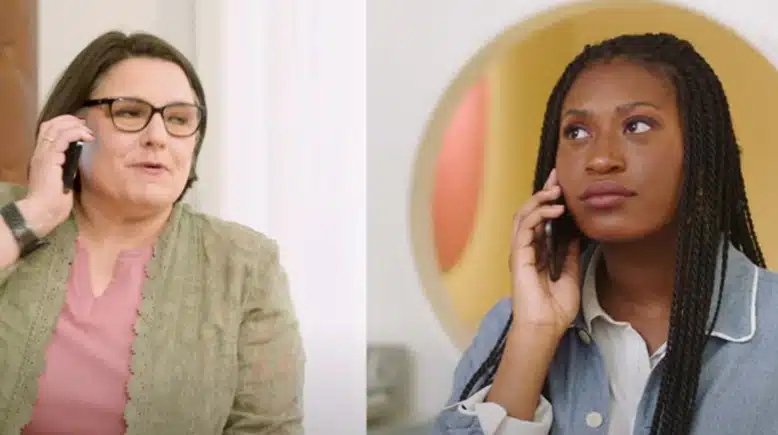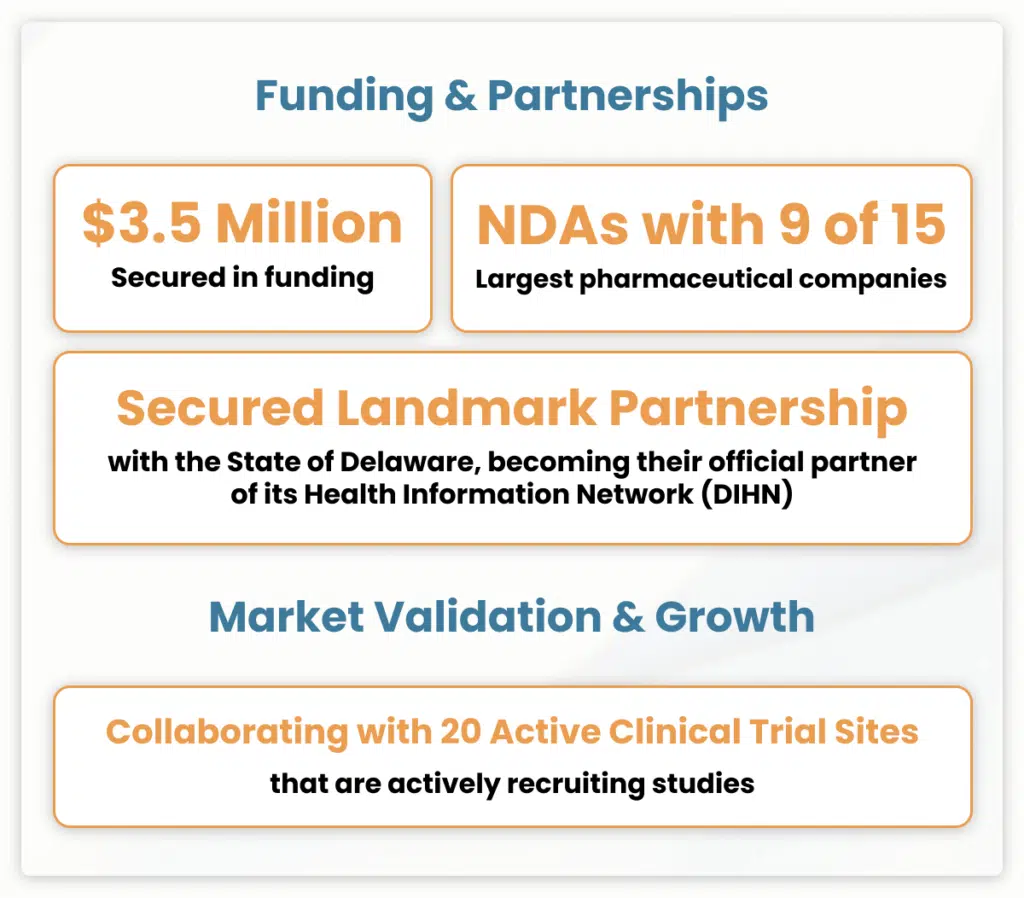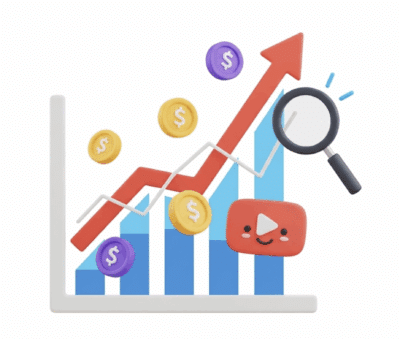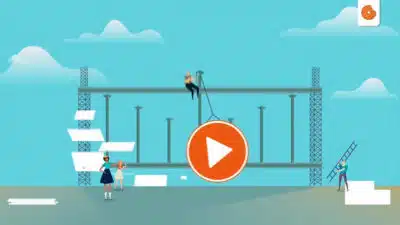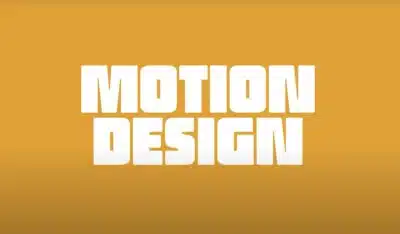Best Video Storytelling Examples and How to Create a Powerful Storytelling Video
25/04/25
Author: Florencia Corazza
17 min reading
MarketingStrategy
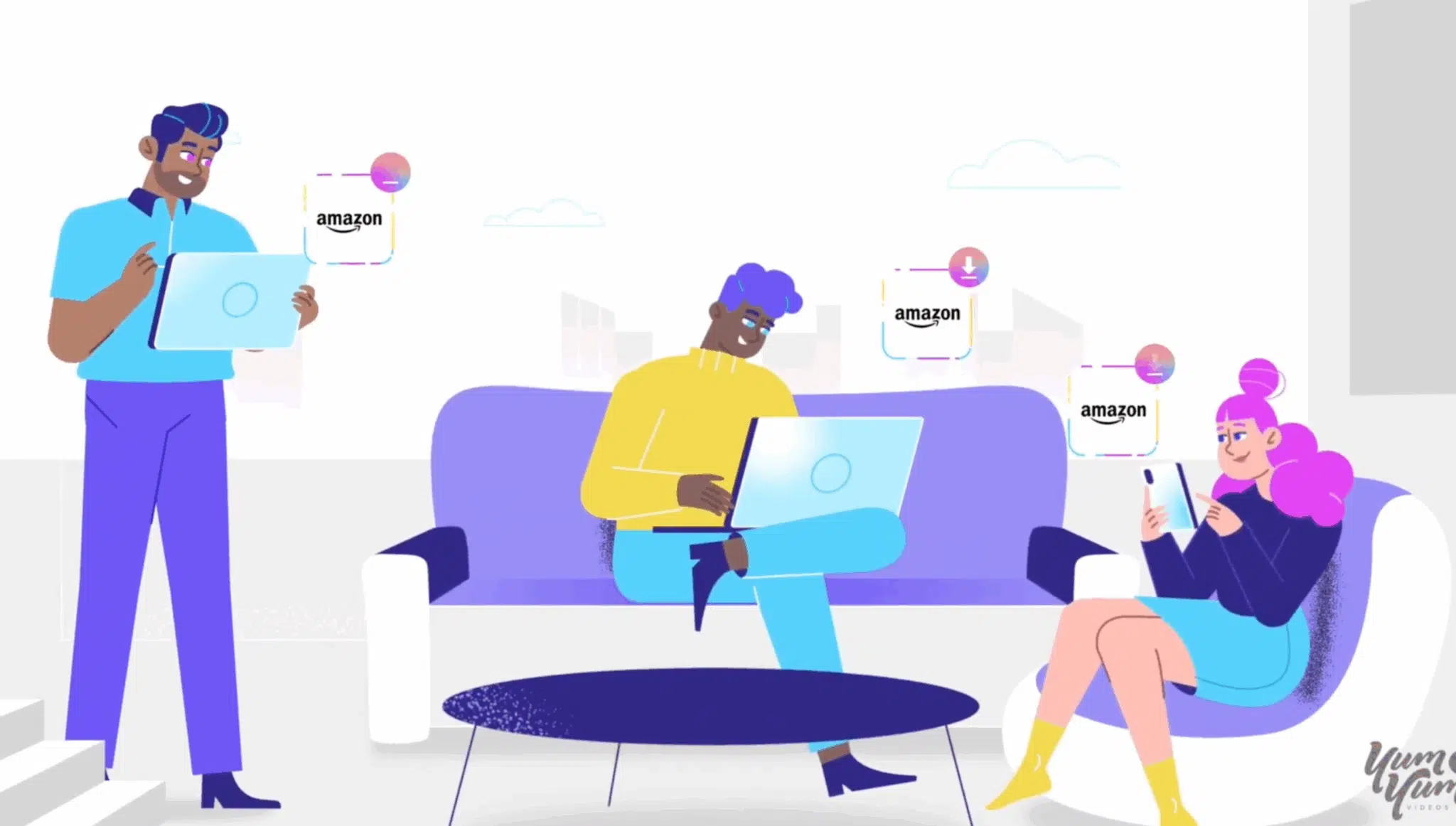
In this guide, we’ll explore some of the best video storytelling examples—and share the key insights we’ve learned after 14+ years creating storytelling videos for companies around the world.
You’ll see how storytelling can turn ideas into emotion, simplify complexity, and drive results. From MedVector, who secured $3.5M in funding thanks to a powerful storytelling video, to other real-life examples across industries, we’ll show you how the pros do it—plus how to craft a great one for your brand.
Let’s get started.
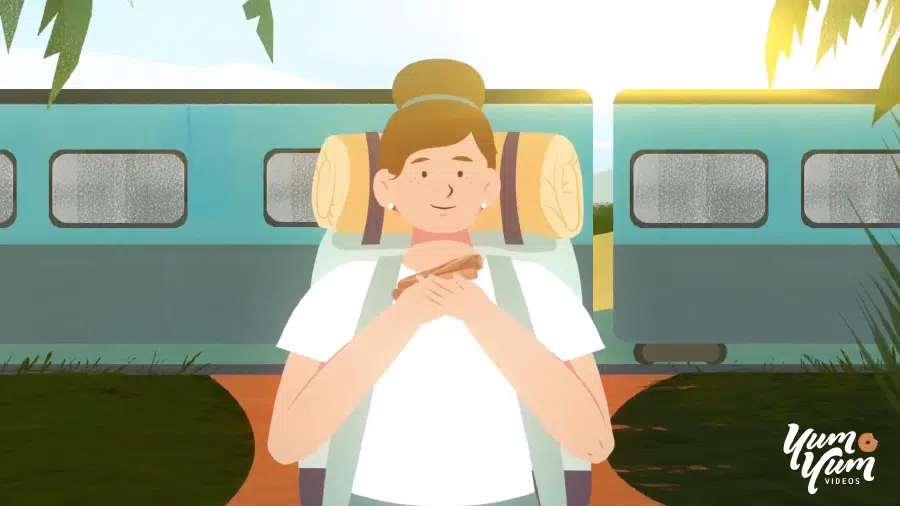
What Is Video Storytelling?
Video storytelling is the art of using narrative techniques to convey a message, explain a concept, or emotionally connect with your audience through video. Rather than listing facts or features, storytelling videos create context, tension, and resolution, turning ideas into meaningful experiences.
At Yum Yum Videos, we define storytelling as more than just telling a tale—it’s about shaping your message around your audience’s journey. A good storytelling video taps into human emotion, brings clarity to complexity, and makes your brand unforgettable.
There are many styles of storytelling videos—from animated explainers and brand stories to customer testimonials and educational content—but they all share one goal: to communicate with impact.
Why Video Storytelling Works So Well in Marketing
Storytelling videos are powerful marketing tools because they engage both the heart and the mind. When you tell a story, you’re not just informing—you’re building trust, stirring emotion, and creating a connection.
From a psychological standpoint, people are wired to respond to stories. They retain information better when it’s presented in a narrative format. This makes video storytelling incredibly effective in marketing, especially when trying to explain complex ideas or humanize a brand (Source: Transportation Theory (psychology), Wikipedia).
Whether you’re creating a brand awareness campaign, launching a new product, or educating your audience, a well-crafted storytelling video can be the difference between being remembered or being ignored.
And the best part? You don’t need a massive budget to tell a powerful story. With the right structure, visuals, and emotional triggers, even a short storytelling video can leave a lasting impact.
15 Best Storytelling Video Examples (Including Work by Yum Yum Videos)
Ready to see storytelling in action? These 15 storytelling videos show how brands use narrative to connect, educate, and drive results no matter the industry.
1. ICBA: Independent Community Bankers of America by Yum Yum Videos
This is a storytelling video we created at Yum Yum Videos for the Independent Community Bankers of America (ICBA).
Our challenge was to communicate how community banks drive prosperity—not just for individuals, but for entire communities. We wanted viewers to feel the real-world impact of local banking, from entrepreneurs opening new businesses to revitalized rural areas.
To achieve this, we focused on narrative-driven storytelling and real, relatable moments. The result? A video that connects emotionally and inspires action.
2. Catan – Storytelling Video Example by Yum Yum Videos
.
This storytelling video created by Yum Yum Videos was recognized at the 2025 Telly Awards as one of the year’s best commercial ads.
The challenge? To show how the iconic board game Catan is played in a way that would be both memorable and visually engaging.
We combined a 2D animated scene of three friends playing Catan in a cozy living room with transitions into the fantastical world of the game itself—featuring the beloved Catan Animals. By blending everyday gameplay with imaginative fantasy elements, we brought the experience of Catan to life in a dynamic, entertaining, and easy-to-understand way.
This video storytelling approach helped capture the creativity, adventure, and sense of community that defines the Catan brand. It’s a great example of how strong storytelling and high-quality animation can turn a simple explanation into an unforgettable experience.
3. The Legend of Zelda: Tears of the Kingdom – Nintendo Switch
Out of the many video storytelling examples on our list, this one stands out for its relatability.
You can tell Nintendo Switch made the effort to learn about its target audience and their pain points and scratched them on the right spot with this storytelling video. When intended viewers see the life of the protagonist enriched by Nintendo Switch, a question could arise in their minds: could that be me?
4. Mr. Wind – Epuron
.
This storytelling video is considered a classic in the world of branded content. Created by energy company Epuron, Mr. Wind tells the emotional and slightly quirky story of a misunderstood man—who turns out to be the personification of the wind itself.
What makes this piece remarkable is how it builds empathy and intrigue without mentioning the brand or product until the very end. It’s a perfect example of how video storytelling can use character-driven narrative to shift perceptions and deliver a powerful message with subtlety and emotional impact.
Even though the video is a bit older, it’s still widely studied and referenced in creative circles—and a reminder that a strong story can remain effective long after a campaign ends.
5. Believe – Nike x Ted Lasso
A great way to connect more deeply with your audience is to use storytelling to tap into current trends or popular culture. This makes your content feel more relevant and memorable to viewers who are already emotionally invested in those references.
In this video storytelling example, Nike partnered with the hit TV series Ted Lasso, using a simple but powerful symbol—a scarf—to show how football connects fans across generations. By aligning with a beloved show, Nike created a storytelling video that resonates far beyond the campaign itself, staying in the minds of fans long after they watch it.
This tactic is especially popular in social media video production. It’s a great idea to keep in mind if you want to strengthen your connection with followers—or even adapt existing videos into shorter formats, like Instagram clips, to ride the momentum of trending topics.
6. A Slimy Situation – LEGO
In this fun storytelling video, we get hooked right away by the problem faced by the LEGO citizens: what is that slime!? The setup immediately captures attention, a key element of effective video storytelling.
What’s particularly clever about this example is that we’re left hanging—the solution isn’t revealed. Instead, it’s up to the viewers to choose how to save the city. This interactive approach makes the audience feel involved and eager to take action, increasing engagement naturally.
At Yum Yum Videos, we often highlight how powerful it can be to give the audience a role in the story. When done right, as LEGO shows here, it transforms passive viewers into active participants.
7. Excitable Edgar – Storytelling Video Example (John Lewis & Waitrose)
This charming storytelling video follows Edgar, a young dragon who’s just a little too excited about the holidays. Set in a snowy medieval village, the story shows Edgar trying to join in the festive spirit—but his uncontrollable fire-breathing keeps ruining things: melting ice rinks, burning decorations, and frightening townspeople.
Feeling ashamed, Edgar isolates himself—until his friend Ava finds a way to show the village that his uniqueness can be a gift. She brings him to the holiday feast, where he lights the Christmas pudding, earning back the town’s love and trust.
This is a brilliant video storytelling example that blends humor, warmth, and high production value to deliver a message about inclusion and embracing our differences. John Lewis has built a reputation for emotional storytelling, and this piece shows exactly why their Christmas ads have become modern classics.
8. Amazon Appstore – Storytelling Video by Yum Yum Videos
When Amazon launched their new Appstore, they turned to storytelling to spread the word—and trusted Yum Yum Videos to bring that story to life.
We created a video centered around a relatable narrative: a father seamlessly using the Appstore across different devices and operating systems, including Windows 11. From buying games to earning rewards with Amazon Coins, we showcased real-world scenarios in a way that was engaging and easy to follow.
To balance clarity and emotion, we combined motion graphics for the more technical parts with animated characters to humanize the story.
This storytelling video is a great example of how a strong narrative doesn’t just make marketing more relatable—it drives deeper emotional engagement and helps viewers retain key messages longer.
9. To The Travelers – Etsy
There’s nothing quite like video storytelling to pull at your audience’s heartstrings. Holidays are always sentimental times, and the people at Etsy know this. So, what better way to spread a bit of positivity than by sharing meaningful stories of people giving gifts to their loved ones? This example shows that even a one-minute storytelling video is more than enough to give a wholesome message to your audience.
10. We Can Do IT (:30) – University of Phoenix
In just 30 seconds, this storytelling video tells a full, emotional story of resilience. Set in a factory where workers are being replaced by robots, we follow a woman as she faces her own layoff. Rather than giving up, she chooses to study and upskill—eventually reentering the workforce as an IT specialist, thanks to the University of Phoenix.
What makes this video storytelling piece so effective is how quickly it establishes a problem, builds emotional tension, and shows transformation—all without feeling rushed. It’s also a great example of how connecting a brand to empowerment and personal growth can leave a lasting impression on viewers, even within a short format.
11. Thermo Fisher – Storytelling Video by Yum Yum Videos
. 
Of course, global companies like Thermo Fisher know the power of video storytelling. That’s why they partnered with us at Yum Yum Videos to produce a series of videos focused on their cutting-edge work in cell and protein research.
The challenge? To communicate highly technical advancements in cellular damage and protein behavior—while keeping the story engaging for scientists, healthcare professionals, and decision-makers.
We crafted a narrative that begins at the microscopic level, showing how cells are affected, and then expands to highlight the labs, specialists, and innovative technologies Thermo Fisher uses to address these challenges.
At Yum Yum Videos, we specialize in turning complex subjects into clear, compelling stories. This project is a great example of how a well-executed storytelling video can make scientific innovation accessible, memorable, and emotionally resonant.
12. Business Comfort – Casper
This business has a short video series, Casper True Stories, where we get to watch some quirky and fun customer stories about how much they love their Casper products. Following their lead and creating a video storytelling series is a great YouTube content idea to promote your business, even if you prefer to have a more serious tone and style. Additionally, showing real-life instances of how loved your products are can encourage those prospects who are on the Decision Stage of their Buyer’s Journey.
13. Parisian Love – Storytelling Video Example (Google Super Bowl Ad 2009)
In just 60 seconds, this storytelling video manages to tell a complete love story—with no characters, no dialogue, and no traditional acting. Google’s Parisian Love, first aired during the Super Bowl in 2009, uses only a series of search queries to take viewers through a personal journey: studying abroad in Paris, meeting someone special, maintaining a long-distance relationship, marriage, and starting a family.
What makes this video storytelling example so memorable is its absolute simplicity. By focusing solely on the progression of real-life search terms, the ad captures emotion, connection, and human experiences without needing any visuals beyond a search bar. It’s a brilliant demonstration of how powerful a minimalist approach can be when the story is authentic and relatable.
14. The Firing of Jira – Click Up
If I, a serial clicker of the Skip-Ad button, couldn’t bring myself to skip this piece the first time around, then it must be doing something right. And that ‘something’ is video storytelling.
Although a bit too focused on the competition for my taste, Click Up manages to explain what differentiates it from competitors in a conversational and comedic tone. It surely is an unusual tone for a B2B project management tool, but that’s what conveys the approachable nature of the Click Up brand.
15) StockCharts – Storytelling Video by Yum Yum Videos
Who says a story needs human characters to be powerful?
With this project, we at Yum Yum Videos faced a unique challenge: how to tell an emotional, engaging story about stock market tools—using only motion graphics, with no people on screen.
Our solution? A single point of light. It represents an investor navigating the ups and downs of the market—fluctuations, charts, alerts, uncertainty—until they find clarity with StockCharts.
This abstract storytelling video shows how motion graphics alone can carry a narrative when used with intention and creativity.
How Yum Yum Videos Helped MedVector Raise $3.5M with a Storytelling Video
This is one of those storytelling video examples that clearly shows what a great narrative can achieve. With just a couple of videos, a landing page, and—of course—an amazing product, MedVector raised over $3.5 million in investment in just a few months. (You can check out their landing page with results [here].)
For this project, we at Yum Yum Videos chose a playful, metaphorical approach to a very serious topic: clinical trials and drug testing.
We used the concept of a board game to show the challenges: delayed approvals, rising research costs, and missed opportunities to save lives. From there, the video shifts into character-driven storytelling, highlighting specific patient scenarios where MedVector’s platform makes a real difference.
The whiteboard animation style helped simplify a complex subject—making it easy to understand, engaging, and memorable. And most importantly, it worked.
What We’ve Learned About Video Storytelling After Producing 1000+ Videos at Yum Yum Videos
We’ve had the honor of working with hundreds of startups, as well as Fortune 500 companies like Walmart, McKesson, Amazon, Thermo Fisher, FOX, and Danone. And if there’s one thing we’ve learned from over 1000 projects, it’s this:
A well-crafted storytelling video is what drives real results.
Of course, great visuals and smooth animation help grab attention—but the heart of any effective video is the story. How you tell your story determines whether your audience watches until the end… and, more importantly, whether they remember your brand afterward. Because great stories leave a lasting mark.
How to Make a Great Storytelling Video (Plus Key Insights from Yum Yum Videos)
- It’s not about your product—it’s about your audience’s pain.
Sure, it’s okay to show features. But at the explainer video stage, your top priority should be to connect with the viewer’s challenges. Let them know you understand what they’re going through—and that your product or service is the solution they need. - Make the viewer the hero.
People don’t care about brands until they feel understood. A good storytelling video makes the audience feel like the video was made specifically for them. Make your viewer the protagonist—your brand is just the helpful guide. - Make it memorable.
A great story sticks. But so do subtle creative choices: your brand’s color palette, music, animation style, and production quality all matter. Poor-quality videos can hurt your credibility—and even cost you valuable leads or investment opportunities. - Structure is everything.
Whether it’s a 30-second promo or a 2-minute explainer, your video needs a clear narrative arc: a beginning (the problem), a middle (the struggle), and an end (the resolution). That structure is what keeps people watching—and inspires them to take action.
Why Yum Yum Videos Is a Trusted Authority in Video Storytelling
At Yum Yum Videos, our mission is simple: to help you tell your story in the most compelling way possible—backed by some of the highest production quality in the industry.
What sets us apart is our obsession with the details. From script to screen, we craft storytelling videos that not only look amazing but also connect emotionally and deliver results.
With over 14 years of experience in video storytelling, we’ve had the privilege of working with global leaders like Walmart, Amazon, Google, Thermo Fisher, and McKesson. These companies don’t choose partners lightly—they work with us because we understand how to bring stories to life.
Now, we’d love to help you do the same.
Ready to tell your story with us?
[Let’s set up a meeting and explore how we can make it happen →]
FAQs About Storytelling Videos
What makes a good storytelling video?
A great storytelling video connects with the viewer emotionally while delivering a clear, focused message. It’s not just about showing what your product does—it’s about showing why it matters. At Yum Yum Videos, we’ve learned that combining narrative structure with visual clarity is what turns a simple video into a memorable story.
How long should a storytelling video be?
Most effective storytelling videos fall between 60 and 120 seconds. That gives you enough time to establish a problem, build tension, and deliver a resolution—without losing your audience. The ideal length depends on your platform and goals, but shorter is usually stronger when the message is clear.
What’s the difference between a storytelling video and a regular explainer video?
An explainer video is designed to inform. A storytelling video, on the other hand, is designed to make your audience feel something. It brings emotion into the mix, turning features and benefits into relatable moments. That’s why many of our clients choose a storytelling-driven approach for product launches and brand messaging.
Can storytelling work for technical or B2B products?
Absolutely. Some of the most successful videos we’ve produced—like those for Thermo Fisher or MedVector—are based on highly technical content. Storytelling helps simplify complex ideas, build trust, and make abstract concepts easier to understand for decision-makers and stakeholders.
Final Thoughts: The Power of Video Storytelling
In a world where attention is short and competition is fierce, video storytelling is what sets great brands apart. It’s not just about explaining what you do—it’s about making people feel something, remember you, and take action.
At Yum Yum Videos, we believe that the best storytelling videos are the ones that blend strategy, creativity, and heart. After 14+ years and more than 1,000 projects, we’ve seen firsthand how a compelling narrative can turn complexity into clarity—and ideas into results.
Whether you’re a startup launching something new or a global company looking to stand out, we’re here to help you tell your story the right way.
Every brand has a story. Let’s make yours unforgettable.
[Let’s talk →]
(This article was brought to you by the team at Yum Yum Videos, experts in video storytelling production.)

Florencia Corazza – Content Writer and Co-Editor
A skilled writer, translator, and co-editor for our web and blog content. As a self-defined "wordsmith," she’s talented in adapting the latest marketing news into all kinds of digital formats. If she’s not watching the latest Sci-Fi show on Netflix, then can find her tending to her perfectly reasonable number of plants.
